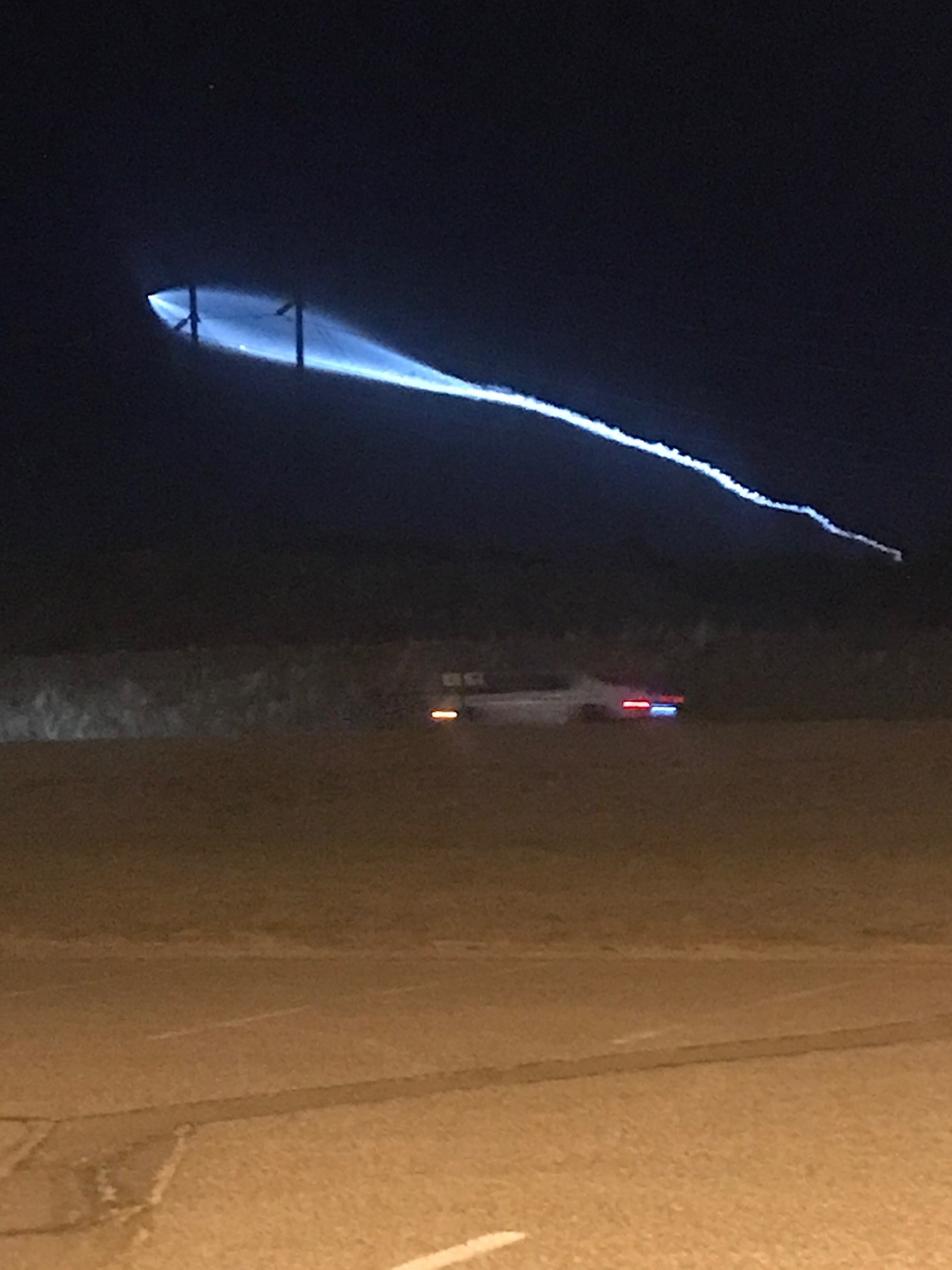

Not long ago, sitting alone in my hidey-hole prior to sleep and failing to concentrate on Kipling, I observed the constellations. All the old familiar favorites were there: the vain queen Cassiopeia, the Great Bear, and Orion the hunter, with his faithful canine companion Sirius. And there, to the north, shone an intruder. An interloper had wandered into the chilly night tableau, bold and unashamedly bright. While the classics ignored the invasion, I couldn’t help but consider the portents, for I knew the name of this new constellation: Starlink.
This conglomeration of ersatz stars was placed there by mortal man, and so doesn’t represent a being blessed or cursed or sired or enshrined in the sky by the gods. It was placed there by a billionaire whose name I won’t mention, nor whose public character, in this instance, will I judge. I only say he is mortal man. And superfluously wealthy.
Contrary to popular myth, the Great Wall of China is not visible from outer space or even the moon, though it and other features such as dams and cities can be seen from low Earth orbit. Using the proper methods of observation, signs of life on Earth such as manufactured gases, artificial light and radio waves are also detectable. Space junk swirls around the globe like flies at a summer picnic. The moon itself is littered with landers, rovers, plaques, a Bible, various remnants of the five nations to have sent craft there — and golf balls.
From my nocturnal refuge I could see none of these large-scale works of man or lunar artifacts. I could see only the vague contour of the land around me, nearby grasses swaying in the slight breeze and the night sky. It could have been a moment left over from prehistory, or the view from an Old West cattle camp, or …. No, it couldn’t. It could only be today, the 21st century. No Neanderthal or cowboy ever saw a sky like this. Because of Starlink.
Starlink is an international internet satellite array that aims ultimately to also provide cellular and global mobile broadband services. It incorporates 7,600 small satellites that account for 65% of all active satellites. It is accessible in 130 countries and can provide both mobile and maritime internet services. It is capable of changing orbital position by remote control. There’s a version dedicated to military use called Starshield. Starlink is a multibillion-dollar enterprise, operated by the privately owned aerospace company SpaceX. I don’t know if I’d call Starlink a noble endeavor, but it’d be difficult to call it unimpressive.
While Starlink is by no means the only man-made constellation, it’s certainly the largest and most obvious. There are at least a dozen others, several of Chinese origin. Russia, the EU and Korea are all working on their own. Look quick, because the night sky is filling up.
Which is precisely my futile, sentimental, vaguely Luddite objection: the ruin of the night. The sky of Copernicus and Kepler has gone away. The stars seen by Neanderthal and the cowboys are joined now by artificial luminaries that clutter and distract. The night sky is the one thing the people of the world share, from Sentinel Island in the Bay of Bengal in India (home of the planet’s most isolated indigenous people) to the Arizona desert (where the homeless hide to sleep). Whatever stars we’re accustomed to seeing in our parts of the world, one day that un-ruined view will no longer be recognizable because of our need for high-speed internet access and global communication (and space stations, spy satellites and weapons platforms).
To be honest, I’m not at all opposed to technology, nor space exploitation. But I’m reminded of the Henry Drummond character in the play Inherit the Wind, who warned that airplane travel would rob the birds of their wonder and stink up the clouds. It’s inevitable, of course. Still I have to wonder, do the rich and powerful realize that their high-tech sky graffiti affects, to some small degree at least, every single person on Earth who looks up at night? Do they care at all that their ambitious works are hanging there exposed, and that the rest of us are forced to tolerate the imposition? Probably not. I can only hope that they take no pride in it. There is one consolation, though, that all satellites, eventually, will fall, and the sky will be renewed.

